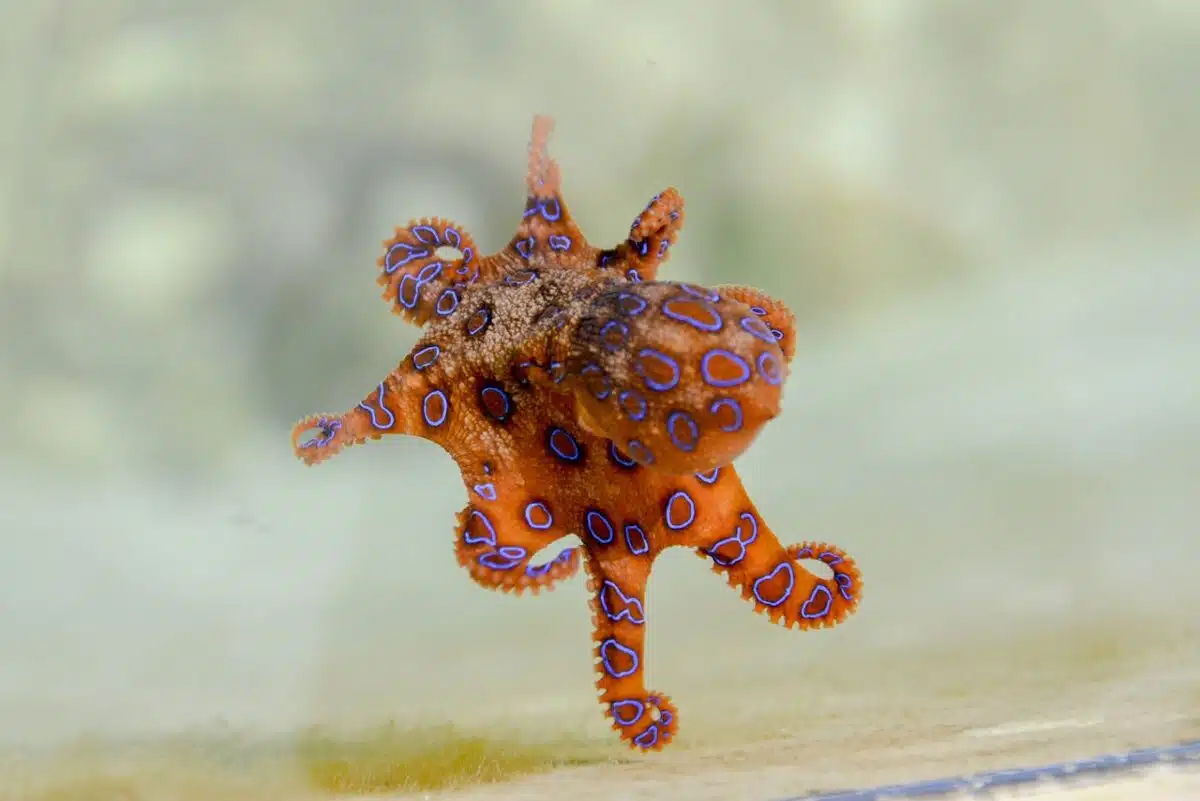Have you ever wondered what would happen if a great white shark met a blue-ringed octopus? Thanks to science, these two opposites might never meet in the wild, but we can explore how they interact. We all know that the great white shark is one of nature’s most iconic predators, and humans have long feared it for its immense size and unpredictable behavior.
Meanwhile, the tiny blue-ringed octopus may be minuscule in comparison, but it can pack just as much punch with its toxic venom. So who would win out when these two vastly different creatures clash? Keep reading to find out!
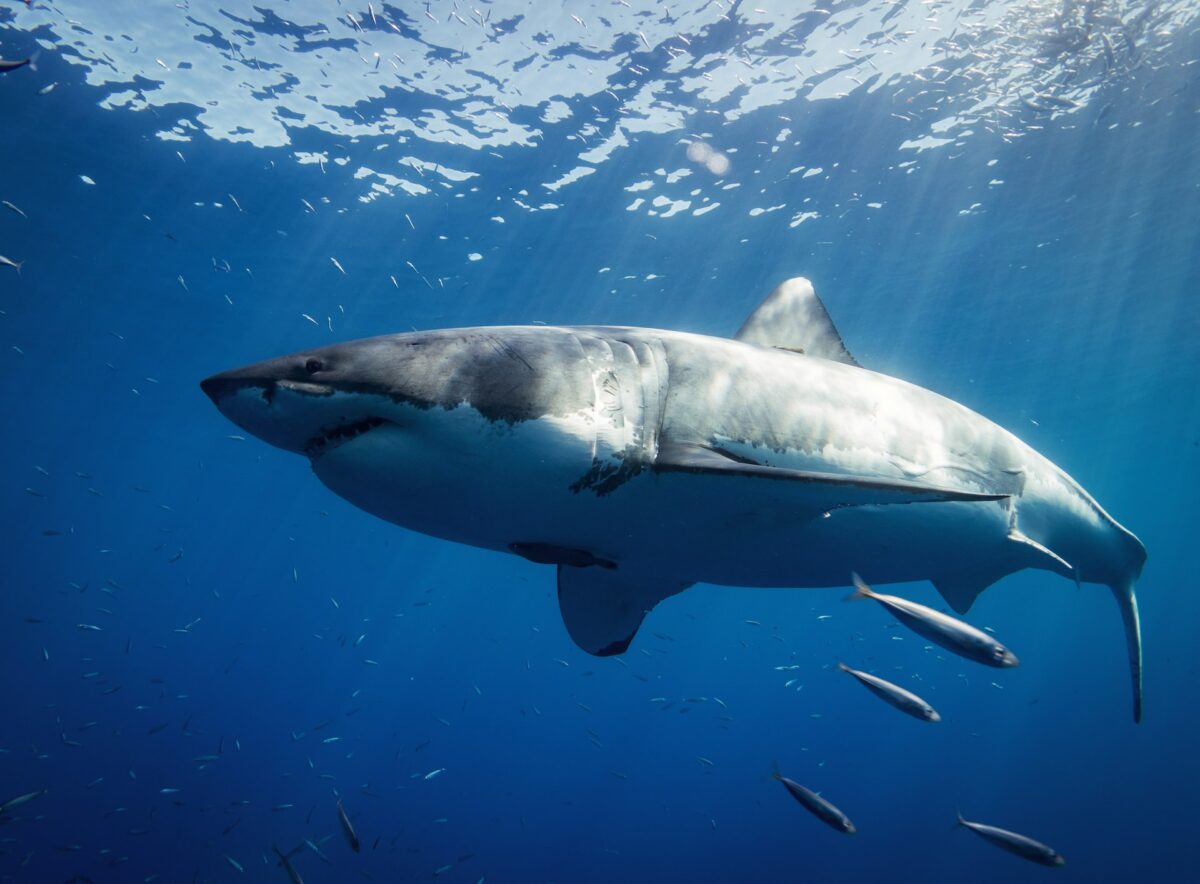
Key Points
| The great white shark and the blue-ringed octopus are two of the most feared predators in the ocean. While the great white is known for its massive size and sharp teeth, the blue-ringed octopus is a small but deadly creature that packs a lethal punch. |
| . The great white is a formidable opponent with a length of up to 20 feet and weighing over 5,000 pounds. Its powerful jaws can deliver a bite force of up to 18,000 newtons – strong enough to crush a sea lion’s skull. |
| The blue-ringed octopus is tiny by comparison, measuring just a few inches in length. |
| The blue-ringed octopus produces a potent neurotoxin that can cause paralysis and even death in humans and other animals. |
| The great white shark may have an advantage in terms of strength. |
Want to jump ahead? Click below
Comparison Table
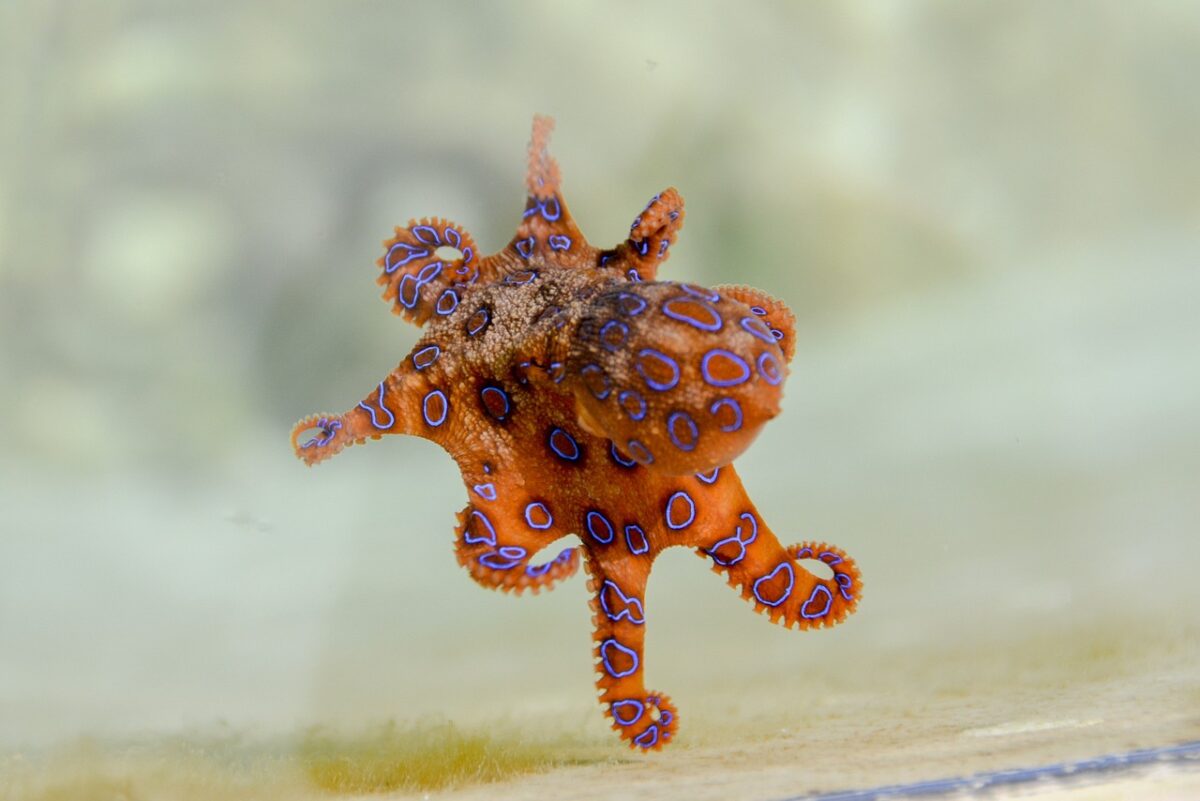
| Great White Shark | Blue Ringed Octopus | |
|---|---|---|
| Group | cartilaginous fish | cephalopod mollusk |
| Size | 20 feet in length | 5 to 8 inches |
| Strength | Ambush their prey from a great distance | contains enough venom to kill up to 10 adult humans |
| Abilities | exceptional sense of smell, sight, and hearing | paralyze or even kill its prey |
Introducing The Great White Shark And The Blue Ringed Octopus
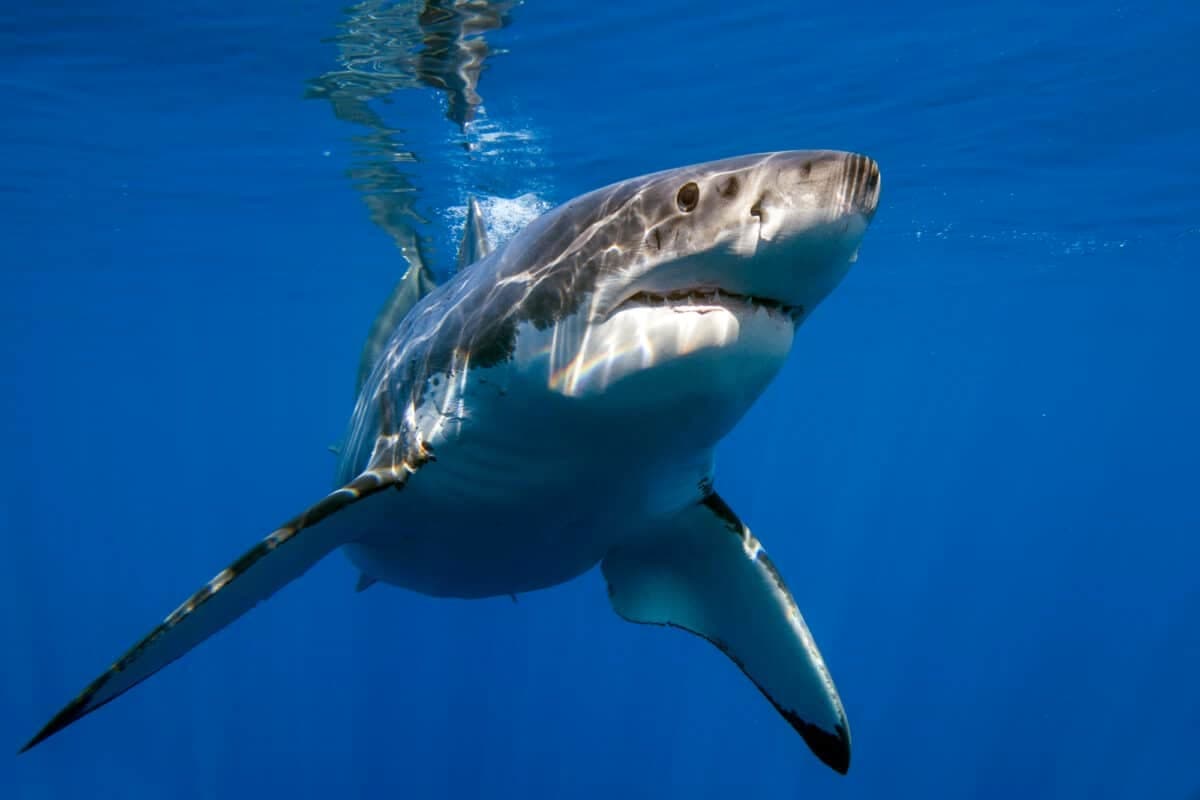
Regarding marine life, few creatures are as awe-inspiring as the Great White Shark and the Blue Ringed Octopus. These two animals might seem like they couldn’t be more different, with the Great White being one of the largest predators in the ocean while the Blue Ringed Octopus is a small and highly venomous mollusk.
However, they both share an incredible reputation – and for good reason. The Great White is most famous for its frighteningly powerful jaws and efficient hunting tactics, while the Blue Ringed Octopus is known for its striking blue rings that give it its name and ability to stun prey with its venom.
Together, these creatures are a reminder of the astounding diversity of the ocean and the incredible adaptations that allow life to thrive in even the most extreme environments.
Comparative Breakdown Of The Two Animals
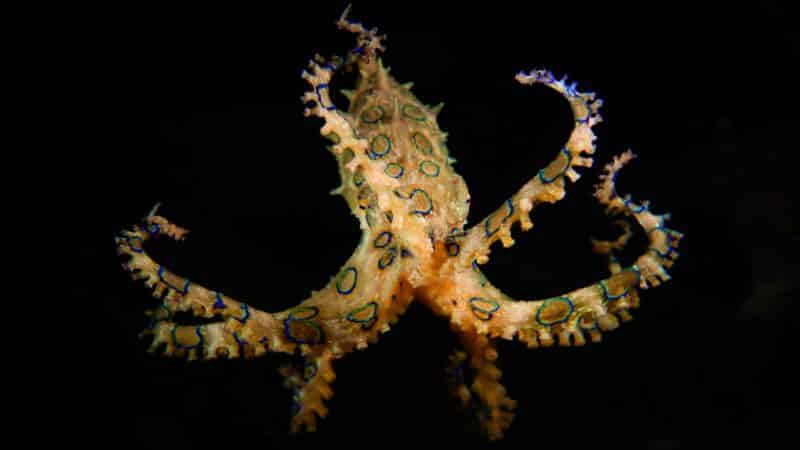
Appearance
Let’s dive into the fascinating world of sea creatures, focusing on two awe-inspiring specimens – the Great White Shark and the Blue Ringed Octopus. The Great White is an iconic predator and can grow up to 20 feet long.
Its sleek, torpedo-shaped body is light gray on top and white on the bottom, making it nearly invisible from below. Its razor-sharp teeth are designed for ripping and tearing prey apart. In contrast, the Blue Ringed Octopus is petite, only reaching up to 8 inches in length.
It has a distinct, bright blue ring pattern on its body, warning predators as it is one of the most vicious creatures in the world. The contrasting Appearance of these magnificent creatures showcases nature at its finest.
Habitat
Great White Sharks and Blue Ringed Octopuses are fascinating aquatic creatures in vastly different habitats. Great White Sharks can be found in oceans worldwide, with a preference for calmer waters.
These massive predators can grow up to 20 feet long and have a reputation for being one of the ocean’s deadliest creatures. In contrast, Blue Ringed Octopuses are found in warm, shallow waters in the Pacific and Indian Oceans.
Despite their diminutive size, these cephalopods are among the most venomous creatures in the world, with enough poison in their bodies to kill 26 adult humans! It’s incredible to think that these two species could exist in such different parts of the ocean. Yet, both have developed unique adaptations that help them thrive in their respective environments.
Diet
Regarding diet, the Great White Shark and the Blue Ringed Octopus couldn’t be more different. While the Great White is known for its reputation as a ferocious predator, it primarily feeds on fish, rays, and other sharks. On the other hand, the Blue Ringed Octopus prefers to snack on crabs, shrimp, and other small creatures.
Despite their different dietary preferences, both creatures are apex predators in their respective environments and play an essential role in maintaining the delicate balance of the ocean’s ecosystems.
So while they may not share the same taste in food, the Great White Shark and the Blue Ringed Octopus are fascinating creatures worth learning more about.
Who Is More Dangerous – The Great White Shark Or The Blue Ringed Octopus
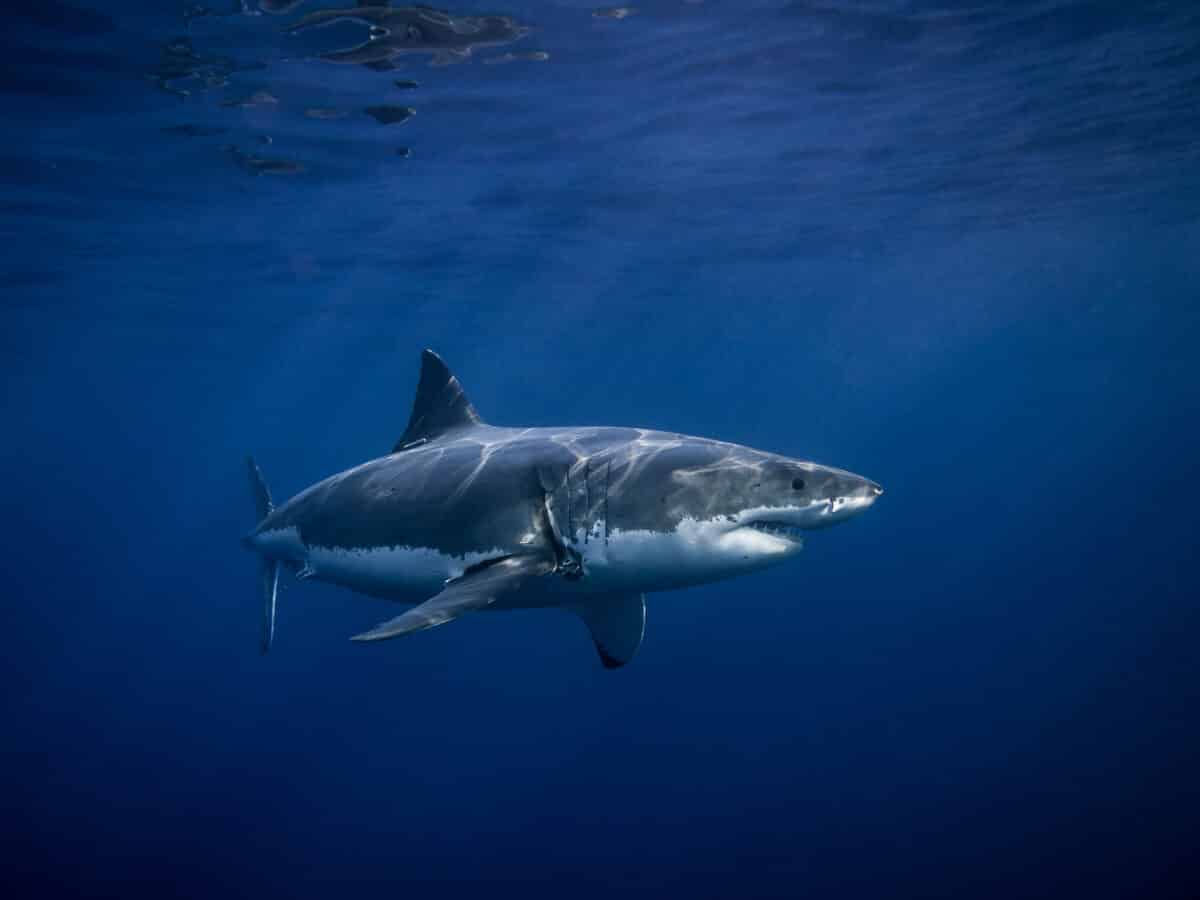
The Great White Shark and the Blue Ringed Octopus have unique and varied diets. The Great White Shark is a top predator that feeds on many marine animals, including fish, seals, sea lions, and even other sharks!
Despite their large size, Great White Sharks have a high metabolism and must eat frequently to maintain their energy levels. On the other hand, the Blue Ringed Octopus is a small but deadly predator that feeds on shrimp, crabs, and other small crustaceans.
The octopus utilizes its venomous saliva to paralyze and kill its prey, making it a formidable hunter in its own right. Overall, these two marine creatures couldn’t be more different regarding their diets, but both are fascinating and awe-inspiring animals in their unique ways.
Exciting Facts About Great White Shark vs. Blue-Ringed Octopus
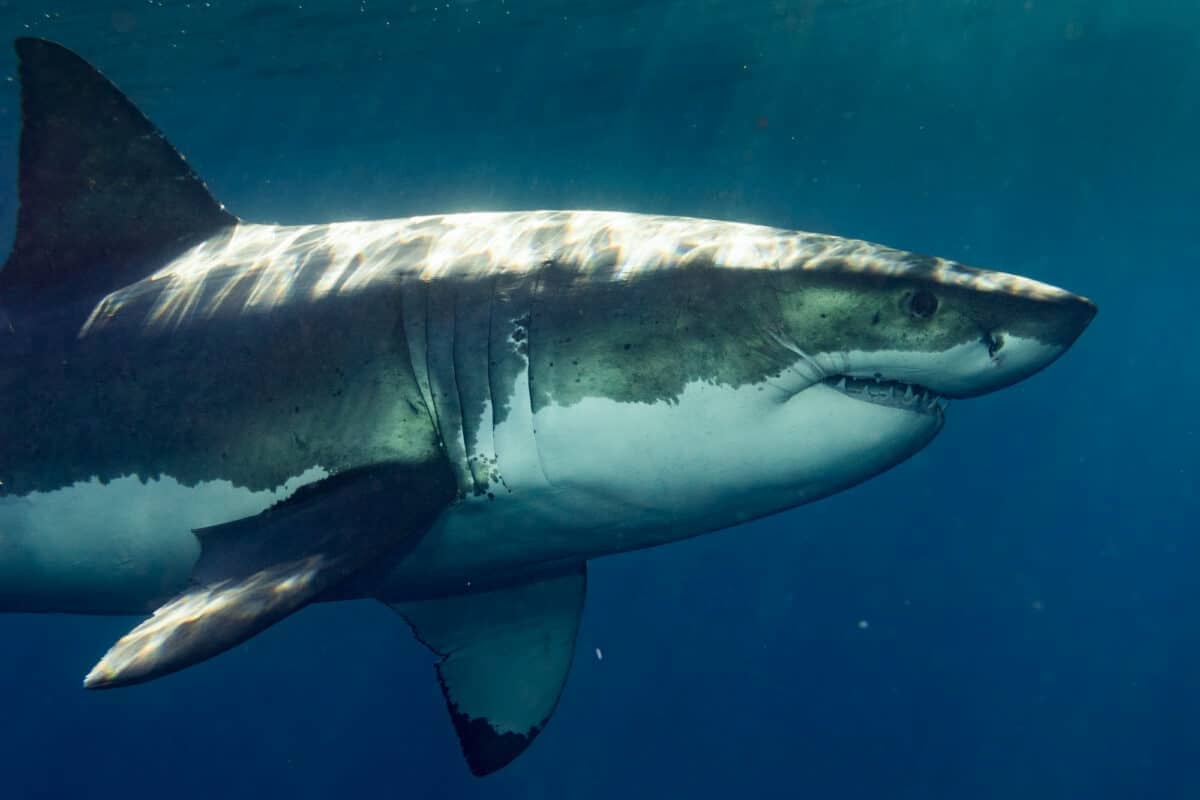
The Great White Shark and the Blue-Ringed Octopus are two fascinating species that have captured the attention of both scientists and the general public. These creatures are quite different in many ways, but they share a reputation for being deadly predators.
Great White Sharks are enormous, powerful, fast-swimming sharks that can reach lengths up to 20 feet long. They are famous for their sharp teeth and ability to jump out of the water. On the other hand, the Blue-Ringed Octopus is a smaller, venomous octopus that can produce a series of blue rings when threatened.
It is one of the most venomous animals in the world, and it can cause paralysis or death within minutes. While these creatures can be dangerous, they also have many exciting and unique characteristics worth learning about.
Which Animal Is More Fascinating And Why?
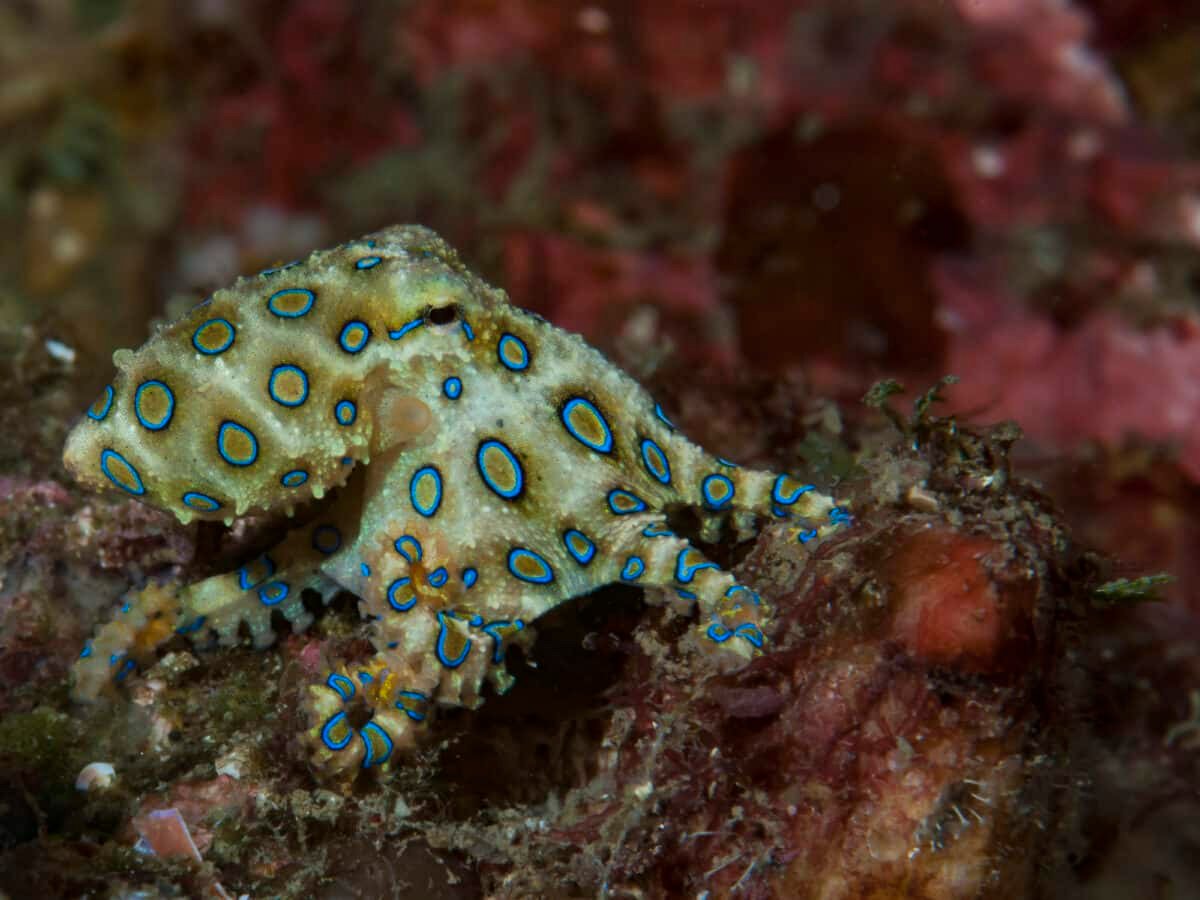
Both the Great White Shark and the Blue Ringed Octopus are fascinating creatures. However, if I had to choose one, I would say the Blue Ringed Octopus edges out the Great White Shark in sheer intrigue.
Part of this stems from the fact that the Blue Ringed Octopus is less well-known to the public than the Great White Shark; despite being just as deadly, its venom is even more potent.
Additionally, the Blue Ringed Octopus displays incredible intelligence in its hunting and defense strategies, using its camouflage and movement patterns to avoid detection by both prey and predators. While the Great White Shark is undoubtedly a wonder of the sea, something mesmerizing about the mysterious and cunning Blue Ringed Octopus sets it apart.
To Know More About This Amazing Creature, Watch Out: Shark vs Octopus
Frequently Asked Questions of Great White Shark vs. Blue-Ringed Octopus
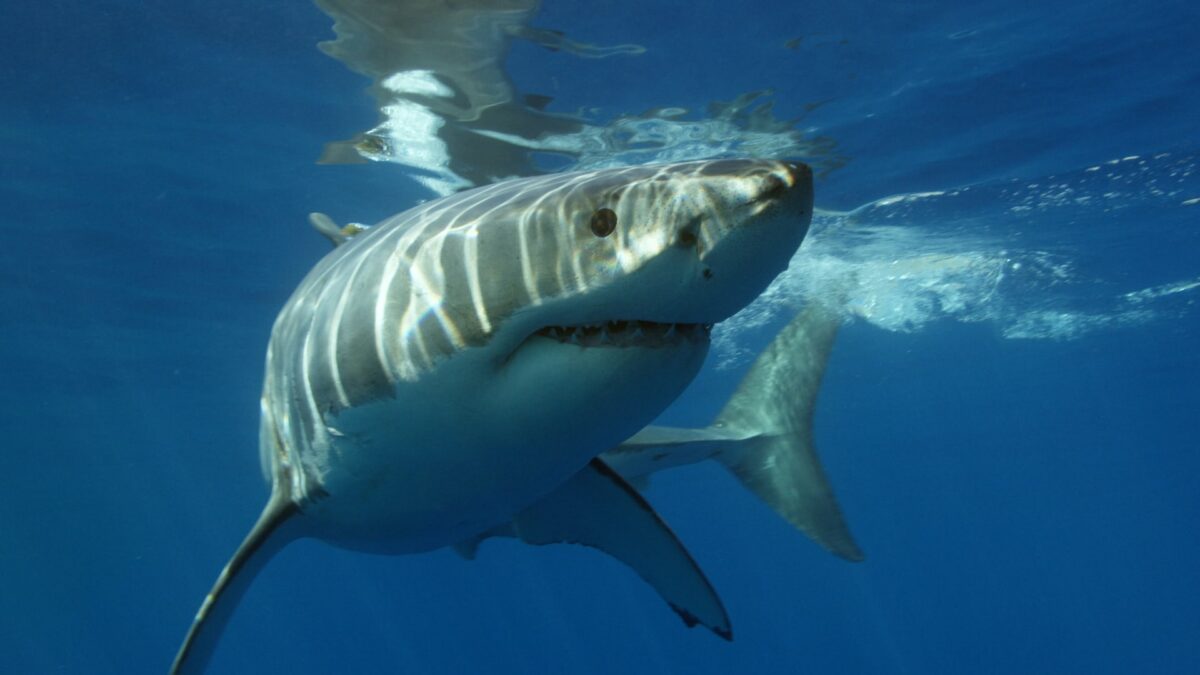
How does the Great White Shark fare against the Blue-Ringed Octopus?
The Great White Shark is a force to be reckoned with. It can grow up to a whopping 20 feet long and weigh over 5,000 pounds. With its razor-sharp teeth and incredible speed, it is no wonder this marine predator is known to be the ocean’s apex predator. On the other hand, the Blue-Ringed Octopus can grow up to six inches long. It is known for its incredible striking ability to use venomous tentacles.
Who is the more dangerous of the two regarding encounters with humans?
While both the Great White Shark and the Blue-Ringed Octopus can be lethal, incidents involving Great White Sharks are rarer. The venom of the Blue-Ringed Octopus can cause paralysis and be fatal to humans if not treated immediately. However, encounters with either species can be safe and awe-inspiring with proper caution and respect for these animals.
Can the Great White Shark and the Blue-Ringed Octopus coexist in the same waters?
Yes, both the Great White Shark and the Blue-Ringed Octopus can share the same oceanic territory. However, they usually inhabit different depths of the ocean. Great White Sharks can be found in shallow waters near coasts, while Blue-Ringed Octopuses prefer deeper and more secluded waters. Nonetheless, it is important to remember that these underwater wonders deserve respect and should not be provoked or disturbed.
Wrapping Up with Great White Shark vs. Blue-Ringed Octopus
The conclusion of this blog post brings us to the crux of the matter: even though great white sharks and blue-ringed octopuses have many differences, they are powerful creatures that can create an incredible impact on our oceans.
These two animals share much in common: they must be respected with awe and caution. This story is an excellent example of how we mustn’t fear the unknown but instead learn from it. We should lend a helping hand to our marine life whenever possible without sacrificing safety or our sense of wonderment.
So take this final tale as your reminder to appreciate and protect the diversity within our oceans – including the great white shark and the blue-ringed octopus!
Next up:
- Bald Eagle Family Expand Their Nest In California - April 24, 2024
- Firefighter Saves Abandoned Kittens Found Cuddling In Hoses - April 24, 2024
- Dolphins Get High Playing Catch With A Pufferfish - April 24, 2024

